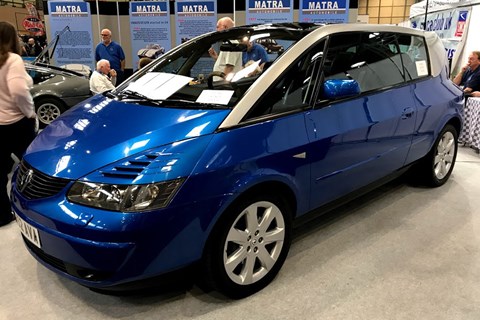
► NEC Classic 2017
► Our show star pics
► Plus our original GBU ratings!
The Lancaster Insurance Classic Motor Show is the largest indoor event of its type in the UK, and manages to attract a huge number of interesting cars for what has become the season-ending shindig in the historic vehicle scene. It’s held at the Birmingham NEC, which in its glory days, also hosted the British Motor Show – and for one weekend in November, it felt very much like old times in Brum.
Spending a weekend there is a great way of reminding yourself just how vibrant the classic car scene is. In fact, with 71,000 people attending over the three-day event, there are a number of international motor shows that would love to match the NEC’s weekend footfall. Many of the showgoers are there to ogle the classic mainstays from Jaguar, Triumph, MG and Mercedes-Benz – but in true CAR style, we were there to catch hold of the less obvious, and no less worthy, classics.
We’ve gathered together 10 of the NEC’s most unlikely stars. These are cars that are clearly a labour of love for their owners, and yet most enthusiasts would question why anyone should care enough to preserve them for future generations to care about. We’ve added our Good, Bad and Ugly (GBU) comments to remind you what CAR thought about these cars back in the day.
1. Renault Avantime
Renault designer Patrick Le Quement once told CAR that he felt very awkward about the Avantime going out of production too early. ‘It was two years late to market and it was launched at the wrong time. If we had done a highly conservative design, would it have sold better? If pigs had wings!’ CAR’s GBU was kinder about the Avantime, giving it four stars concluding, ‘Driving experience is dull, but who cares when it looks this good?’
Ultimately, it deserves to be held in high esteem as a classic – and we’re glad the survival rate is high enough to ensure that a decent number of the 8557 built will survive into the future.
2. Lancia Beta Spyder
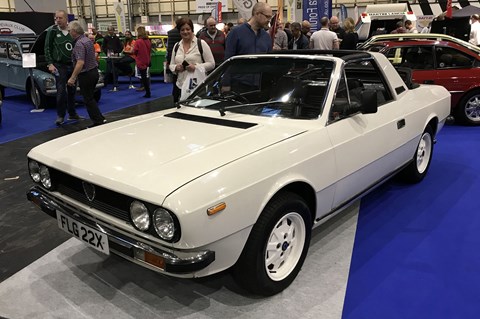
The Lancia Beta earned a reputation for rust in the UK that killed it stone dead in the minds of buyers. Despite the height of Lancia’s woes being in 1981, and pretty much every car launched by the company launched after the event being well protected against tinworm, the damage had been irrevocably done. This Zagato-designed Beta Spyder has done well to survive and the years have been kind to its brick-like styling.
In 1982, CAR’s GBU rated it ‘interesting’ and said, ‘For: Crisp engines, comfort, room and quality Against: Heavy steering Sum-up Fine value; superb handling and poise; many old models in stock in the UK’. We’re happy that the Beta in all forms have been preserved in tiny numbers – forget the rust, they were just as capable as the Alfasud of proving front-wheel drive cars could handle like sports cars.
3. Chrysler 180
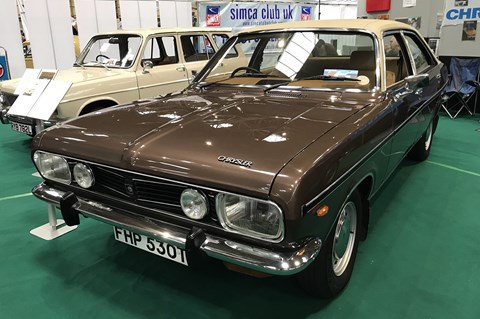
In the UK, this ‘Englishman in Paris’ was close to being badged as a Humber. But when Rootes’ innovative V6-engine was dropped before it entered production, this smart-looking saloon became the first pan-European Chrysler.
In reality, it appealed to few people, and ended up being partially responsible for the collapse of its maker’s market share in the UK. Gone, forgotten, but an interesting back story that makes this example’s survival and restoration a worthy exercise.
4. Skoda Rapid
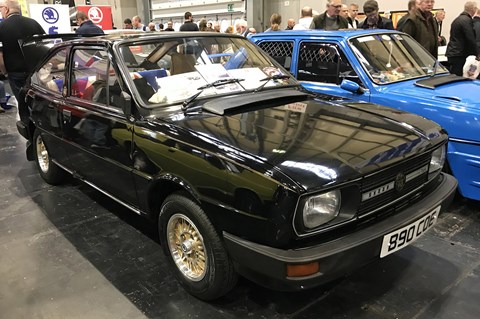
So much has been said about Skoda‘s pre-Volkswagen output that we’ll refrain from labouring the point too much. When this 1985 Rapid was bought by its first owner, it would have been the cheapest Coupe money can buy, and would have shared its rear-engined layout with the Porsche 911 and Renault GTA.
Although the Rapid has subsequently built a cultish following, CAR’s GBU was less than flattering back in the day, rating it boring and saying, ‘For The price Against Everything else Sum-up Nasty at any price’. Thank goodness this one survived the ravages of the 1980s intact.
5. Midas
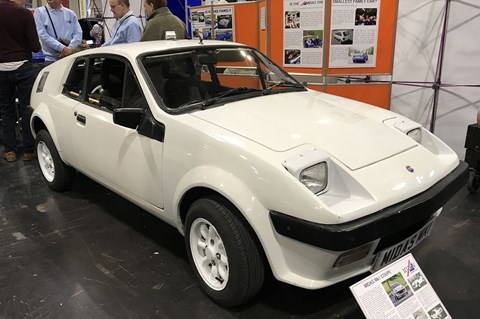
We’ll forgive you for not remembering Harold Dermott’s Midas, but this small Metro-based sports car was a work of genius. It was light and handled a dream, thanks to chassis input from the legendary Gordon Murray.
In many ways, it pre-empted the Honda CRX as a fun, front-wheel drive, semi-practical sports car. It was primarily a kit car, but a few were sold ready-made – and although the Midas never made it into CAR’s GBU, the convertible did trump the Ferrari F40 to make it to the CAR cover star slot in the February 1989 issue.
6. Austin Metro
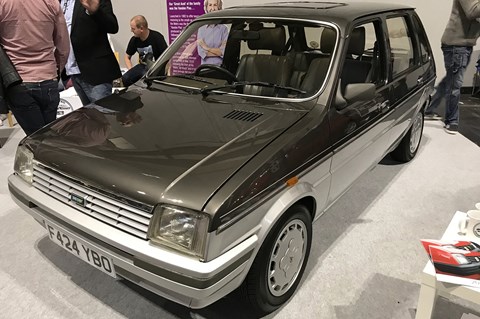
Remember when there was one of these on every street corner and more? Can you remember the last one you saw in the wild? With more than two million built, and fewer than a thousand left, the Metro has a shockingly low survival rate.
It’s good that people care, because when launched in 1980, the Metro was a class-leading product, and good enough to save the skin of BL for at least a few more years… CAR loved the Metro, as its GBU summary proves. It rated the Metro as ‘interesting’, saying: ‘For: Fantastic space utilisation, good finish and equipment, good handling and comfort balance, outstandingly economical. Against: Gear whine and some vibration from much-improved drivetrain. Sum-up: BL car for which no one need apologise’
7. Fiat Supermirafiori
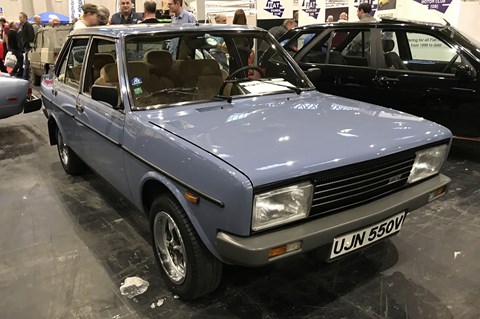
Rather like the Lancia Beta, the Fiat 131 Mirafiori earned a justified reputation for fearsome rust. Many were reduced to needing welding at their first MoT, which was quite an achievement in itself.
Beyond that, this was a well-engineered family saloon that was as good to drive as it was dull to look at. The Supermirafiori here added a twin-cam engine into the mix which, when it was launched, was seriously exotic. Sadly, UK buyers didn’t care, and continued to buy their Cortinas and Marinas instead.
CAR was nonplussed at the time, rating it average and saying: ‘For: Clean handling, good easy-maintenance design, big boot. Against: Poor rear room for body size, ‘loose’ feeling construction. Sum-up: Better-than-average tin box but a paper tiger despite twin-cam engine in Supermirafiori’
8. Austin Maxi
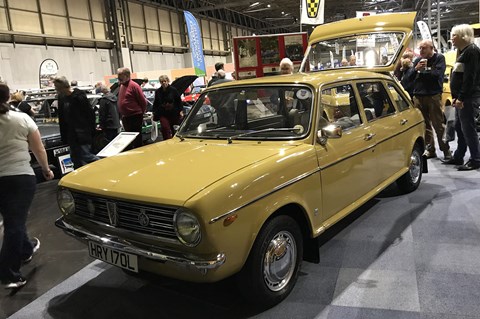
Touted as being the car that had ‘all the fives’ when launched in 1969, the Austin Maxi’s technical specification was advanced for its time. Renault fans may argue that the R16 did the same job four years earlier (and with more panache), but for us saloon-loving Brits the hatchback was leap into the future of the family car.
Or it should have been, had it looked even 10% better. Today, the Maxi has a small but appreciative following, reflecting CAR’s view of it – the GBU rated it ‘interesting’, and said: ‘For: Tough, roomy, handy body. Against: Harsh engine, poor gearchange, choppy ride. Sum-up: Antiquated.’
9. Peugeot 405
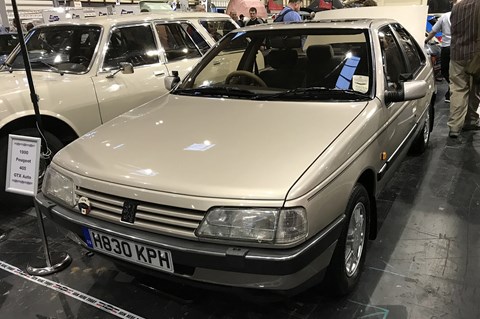
We love the fact that the British-made Peugeot 405 made it into the classic motor show. This elegantly-styled saloon had all of the dynamic fizz of the highly-regarded 205, and for Britain’s hard-pushed 1990s reps, this was a breath of fresh air.
CAR clearly loved it, rating it ‘interesting’ and summarising, ‘For: Chassis, engine, gearbox, classy styling. Against: Depressingly bad build quality. Sum-up: Would be Britain’s best mass-made car if they built it properly.’
But right now, it’s in that dead-zone between old banger and classic. This survivor proves to underline just how brilliant Peugeot’s range was in the late-1980s/early-’90s, and how much that was set to change less than a decade later.
10. Austin Allegro Equipe
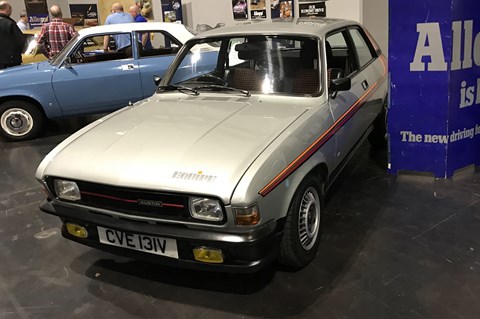
Let’s save the best for last. The Austin Allegro has been blamed for single-handedly bringing down the UK’s motor industry (not true), and features on countless ‘worst cars’ lists. But in reality, the reputation easily outweighs its list of sins. Take away its 1970s baggage, and you’re left with an inoffensive small saloon that should have been a hatchback, with slightly quirky styling. You could say the same about the Alfasud and Citroen GS, after all.
CAR certainly liked the Allegro, rating it ‘interesting’ and summarising, ‘For: Big range, tenacious roadholding, good handling and ride comfort. Against: Engines, gearboxes lack refinement. Sum-up: A happy if uninspired all-rounder’.
The Equipe version was launched in 1979 in order to add a little sexiness to the Allegro range, and in a post-VW Golf GTI world, probably failed badly in that task. However, you’d not argue that it looks the part now, and we love the fact that its owner has spent thousands restoring it. Fair play!